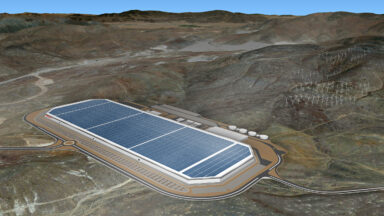We had supersonic transport — until almost 15 years ago, when it stopped.
You might remember the Concorde, the supersonic plane that came to symbolize technological optimism and extreme luxury. Though it always had critics and a high ticket price, it delivered on the promise of supersonic transport, giving riders trans-Atlantic flights in under four hours.
And then in 2003, the Concorde landed for good. What went wrong?
The video above examines the tangled mess that doomed the Concorde. The reason for Concorde’s demise isn’t simple. It happened due to a range of factors, from high price to manufacturing concerns to environmental worries. In concert, all of these negatives turned a technological breakthrough into a business nonstarter.
But even if the Concorde failed, it looked beautiful doing so. The video shows the masterful engineering that made the Concorde work, from its breakthrough wing to its whimsical — yet highly functional — “droop snoot.”
Smithsonian curator Bob Van der Linden, who also rode on the plane, told me the journey was both extraordinary and surprisingly ordinary, because the engineers strove to make Concorde as comfortable as any passenger flight.
And that’s the enticing paradox of this late, great plane: It could be both an engineering masterpiece and a business failure at the same time. That may be what makes it so alluring, as well. We know planes like the Concorde can change flight; we just have to figure out how to make it sustainable.







